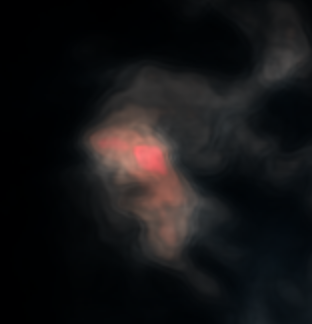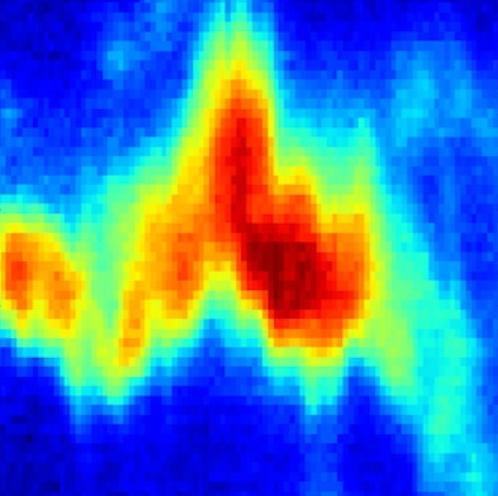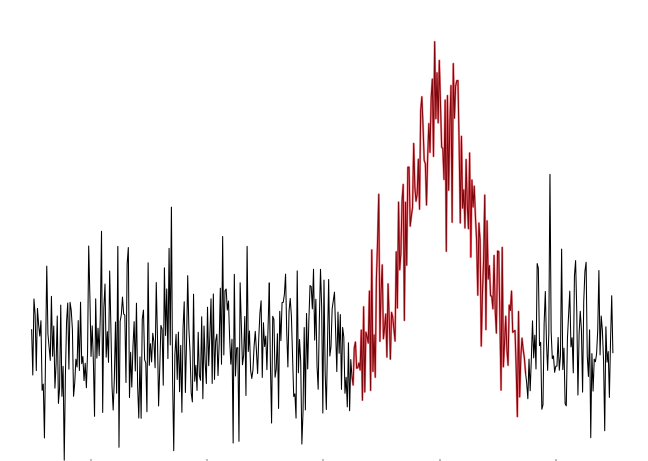Software Tools for Radio Astronomy
The radio-astro-tools organization hosts a number of community-developed
codes pertinent to the analysis of long-wavelength astronomical data in the
radio, millimeter, and far-infrared regime.
Python Packages
Spectral Cube
 Spectral Cube:
A toolkit for reading, writing, masking, and otherwise manipulating
the spectral cubes that are typical products of radio
interferometers and single-dish OTF maps. It includes a clean interface to
yt, an analysis suite built for simulations
with powerful visualization tools.
Spectral Cube:
A toolkit for reading, writing, masking, and otherwise manipulating
the spectral cubes that are typical products of radio
interferometers and single-dish OTF maps. It includes a clean interface to
yt, an analysis suite built for simulations
with powerful visualization tools.
PV Extractor
 PV Extractor:
A toolkit for the extraction of position-velocity diagrams from
data cubes. Includes a matplotlib-based interactive GUI and an
interface to the ds9 FITS viewer.
PV Extractor:
A toolkit for the extraction of position-velocity diagrams from
data cubes. Includes a matplotlib-based interactive GUI and an
interface to the ds9 FITS viewer.
Radio Telescope Beam
 Radio Beam:
A small tool for manipulating radio beams, e.g. synthetic beams from interferometers
and primary beams from single-dishes, in the context of the astropy units framework.
Radio Beam:
A small tool for manipulating radio beams, e.g. synthetic beams from interferometers
and primary beams from single-dishes, in the context of the astropy units framework.
casaformats-io
 casa-formats-io:
A package to handle reading of CASA tables of all varieties. This package allows reading CASA
casa-formats-io:
A package to handle reading of CASA tables of all varieties. This package allows reading CASA .imagefiles without using the casacore framework.
Learning:
There is a suite of tutorials
available to demonstrate how to use radio-astro-tools with CASA and for
various types of data set. If you have any examples you can add, please
send them on! Pull requests are welcome.
Signal Identification
 Signal Identification:
A toolkit for signal identification and extraction from data cubes.
Signal Identification:
A toolkit for signal identification and extraction from data cubes.
CASA Python and CASA pip
CASA Python: A wrapper script to allow you to use CASA's python interpreter with other packages and independent from the CASA data reduction environment. [Deprecated - instead, several groups have worked together to make sure astropy and related tools can be installed directly into CASA]Contributed Scripts
Contributed Scripts:
A depository for community-contributed scripts that are not necessarily vetted
or well-tested but may be useful to others
If you'd like to contribute, there's a
sandbox that
you can put test code in and use for learning git and github.
About:
Developed by Adam Ginsburg, Tom Robitaille, Eric Koch, Chris Beaumont,
Adam Leroy, Erik Rosolowsky, Crystal Brogan, Todd Hunter, Sam Skillman,
and John ZuHone
This project has been partially funded from the ALMA development
program, with an initial grant to PI Adam Leroy and a second to Adam
Ginsburg. ALMA, the NRAO, and the ALMA development program are funded
by the NSF.